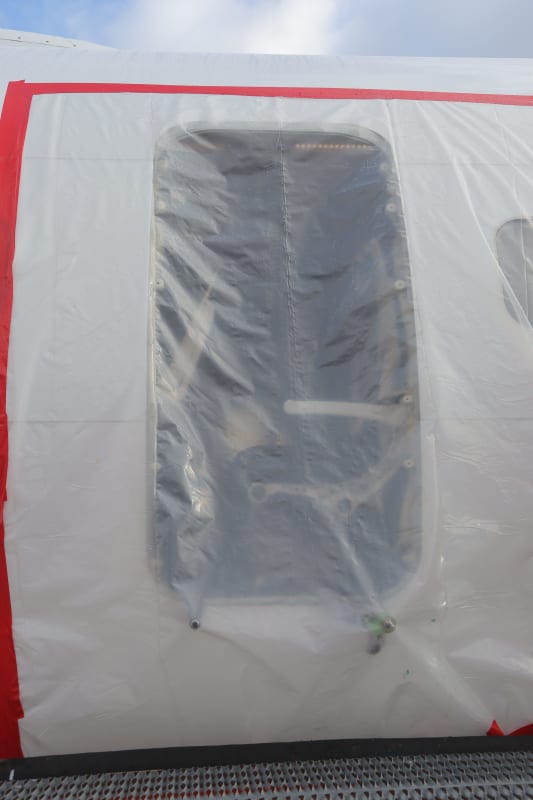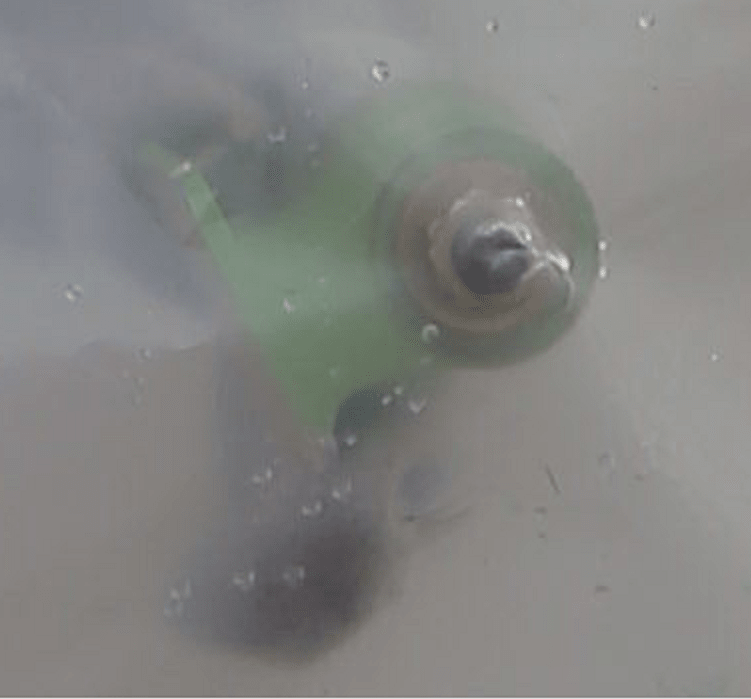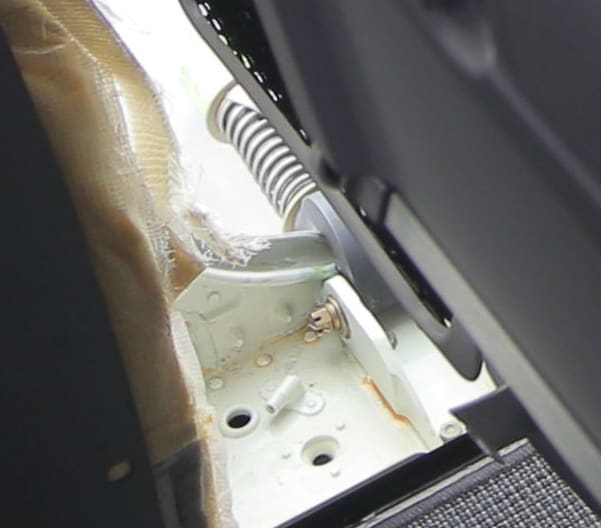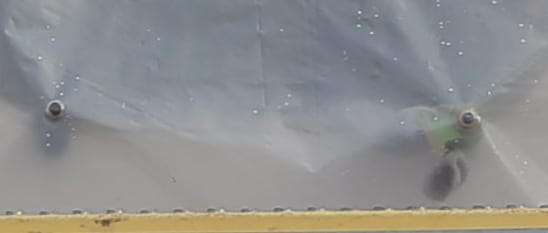jrs87
Mechanical
- Mar 22, 2018
- 201

View of hinges. Due to minimal damage, it seems the door simply transitioned upwards and then opened.
Loose bolt visible:

Follow along with the video below to see how to install our site as a web app on your home screen.
Note: This feature may not be available in some browsers.





jrs87 said:The pads do not keep the plug closed, they act in the other direction and absorb negative pressure and minor distortion.
There have been strong suggestions that the bolts may have been removed and the plugs opened at the Boing plant.These bolts are installed at Spirit.
